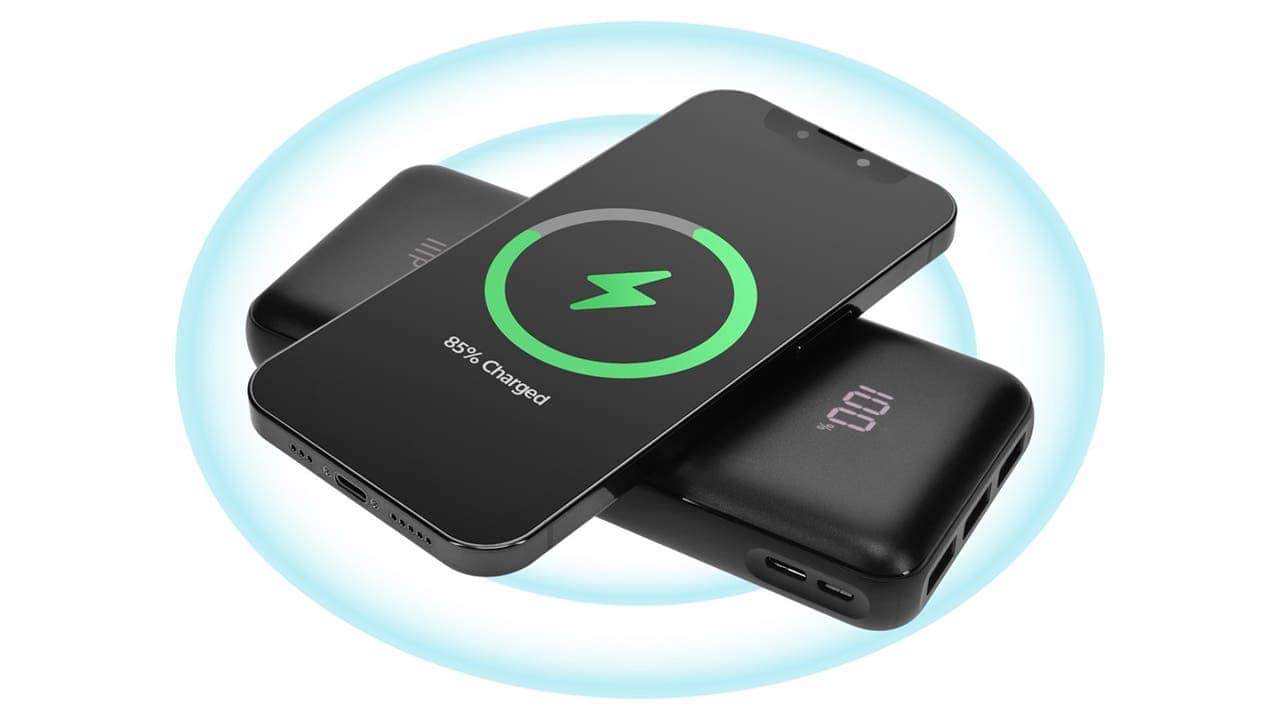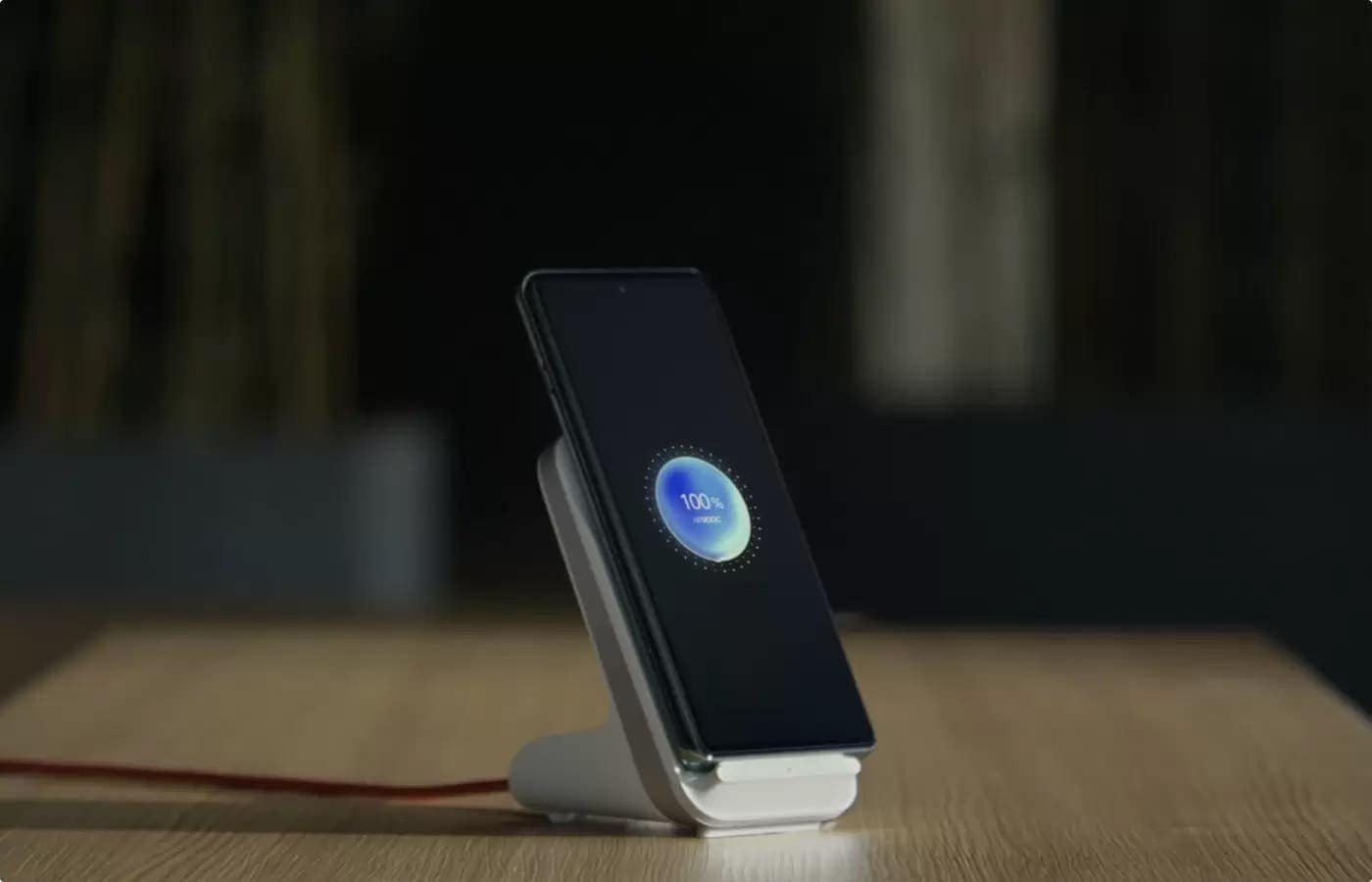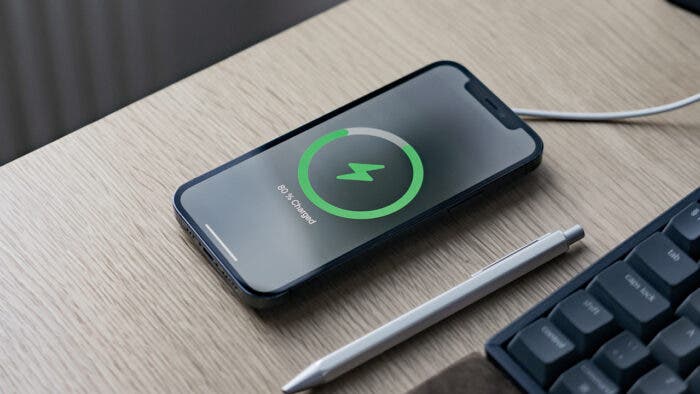Gone are the days of fumbling with tangled wires and struggling to find the right charging port in the dark. Wireless charging has emerged as a game-changer in the world of powering our electronic devices, offering a seamless and hassle-free experience. But what exactly is wireless charging, and how does it work? This comprehensive guide delves into the science behind this technology, explores its advantages and disadvantages, and examines its potential impact on the future.
The Power of Convenience: A Deep Dive into Wireless Charging

Unveiling the Magic: The Science of Wireless Charging
Wireless charging, also known as inductive charging, utilizes the fascinating principles of electromagnetic induction to transfer energy from a charger to a compatible device. Here’s a breakdown of the core components:
- Charging Pad: This flat surface, often referred to as a charging mat or puck, houses an induction coil. This coil is essentially a wire wrapped in a specific way to create a magnetic field when electric current flows through it.
- Your Device: Smartphones, wearables, and other compatible devices come equipped with a receiver coil. This coil is positioned within the device to capture the magnetic field generated by the charging pad.
The magic happens when you place your device on the charging pad. As the alternating current (AC) passes through the coil in the charging pad, it generates a fluctuating magnetic field. This changing magnetic field interacts with the receiver coil in your device according to Faraday’s Law of electromagnetic induction. This law states that a changing magnetic field induces a current in a nearby conductor (the receiver coil). The induced current is then rectified (converted from AC to direct current (DC)) to charge the battery in your device.
Advantages of Wireless Charging: A User-Centric Approach
Wireless charging offers a plethora of benefits that enhance the user experience significantly:
- Convenience Unmatched: Perhaps the most significant advantage is the sheer convenience it provides. Eliminate the frustration of tangled wires and searching for the right connector. Simply place your device on the charging pad, and voila! Charging begins effortlessly.
- Reduced Wear and Tear: Constantly plugging and unplugging cables can take a toll on your device’s charging port, leading to loose connections or even damage. Wireless charging eliminates this physical stress, potentially extending the lifespan of your device’s charging port.
- Enhanced Durability: Wireless charging pads are generally more durable than cables. They are less susceptible to fraying, breaking, or internal wire damage, which are common issues with cables.
- Waterproofing Potential: Since wireless charging doesn’t require a physical connection, devices can be designed with improved water resistance. This is a major benefit for users who frequently use their devices around water or in wet environments.
- Multi-Device Charging: Wireless charging pads can be designed to accommodate multiple devices simultaneously. This allows you to charge your phone, smartwatch, and earbuds all at once, eliminating the need for multiple chargers and cables.
- Aesthetics and Organization: Wireless charging solutions can declutter your workspace or nightstand. With no cables lying around, your environment appears cleaner and more organized.
Considering the Drawbacks: A Balanced View
While wireless charging offers undeniable advantages, it’s essential to acknowledge its limitations:
- Slower Charging Speeds: In many cases, wireless charging is slower than traditional wired charging. This is because there are energy losses during the wireless transfer process. However, advancements in technology are continuously narrowing this gap.
- Positioning Sensitivity: For optimal charging, your device needs to be placed correctly on the charging pad. Misalignment can lead to slower charging or even interrupt the process entirely.
- Compatibility Issues: Not all devices are equipped with wireless charging capabilities. While the Qi (pronounced “chee”) standard has emerged as the dominant technology for wireless charging, some manufacturers may use proprietary systems, limiting compatibility.
- Foreign Object Detection (FOD) Challenges: Wireless chargers often incorporate FOD to prevent accidental activation by metallic objects placed on the pad. However, this feature can sometimes be overly sensitive, leading to charging interruptions even with harmless objects nearby.
- Heat Generation: The wireless charging process can generate some heat, both in the charger and the device. While generally not a safety concern, excessive heat can potentially reduce battery life in the long run.
The Future of Wireless Charging: A World Without Wires?
Wireless charging technology is constantly evolving, with advancements addressing some of the limitations mentioned above. Here’s a glimpse into what the future holds:
- Faster Charging Speeds: Research and development are focused on improving efficiency and reducing energy losses during wireless transfer. This will lead to faster charging times, potentially matching or even surpassing wired charging speeds.
- Improved Long-Range Charging: Current wireless charging solutions require relatively close proximity between the device and the pad. Future advancements aim to enable charging over longer distances, offering more flexibility in device placement.
- Multi-Device and Multi-Room Charging: Imagine walking into a room and all your devices – phone, tablet, smartwatch – automatically starting to charge without any physical interaction. This vision of seamless multi-device charging in designated areas is becoming increasingly possible with advancements in resonant charging technology.
- Embedded Charging Surfaces: The concept of embedded charging surfaces could revolutionize how we interact with our devices. Imagine countertops, tables, or even car interiors embedded with wireless charging capabilities, allowing you to simply place your device down for effortless charging.
- Standardization and Interoperability: The current landscape of wireless charging standards, with Qi being dominant but others existing, can be confusing for consumers. The future is likely to see increased efforts towards universal standardization, ensuring compatibility across devices and chargers from different manufacturers.

Beyond Smartphones: Applications of Wireless Charging
Wireless charging isn’t just limited to smartphones and wearables. The technology has the potential to transform various industries and applications:
- Internet of Things (IoT): Wireless charging can be crucial for powering low-power IoT devices, eliminating the need for frequent battery replacements and simplifying device maintenance.
- Medical Devices: Wireless charging can be advantageous for implantable medical devices like pacemakers, reducing the risk of infection associated with surgical procedures for battery replacements.
- Electric Vehicles (EVs): Wireless charging holds immense promise for EVs, offering a more convenient and user-friendly charging experience. Imagine pulling into a parking spot and your car automatically starting to charge without the need for cables.
Safety Considerations with Wireless Charging
Wireless charging technology is generally considered safe. However, it’s essential to follow some basic precautions:
- Use certified chargers: Opt for wireless chargers that are certified by reputable organizations to ensure they meet safety standards.
- Avoid extreme temperatures: Extreme heat or cold can affect the charging process and potentially damage your device’s battery.
- Keep metallic objects away: Metallic objects placed between the charging pad and your device can disrupt the charging process or generate excessive heat.
Wireless Charging: Tips and Tricks to Maximize Convenience
While wireless charging offers a user-friendly experience, there are ways to optimize its effectiveness and make it even more convenient. Here are some tips and tricks to get the most out of your wireless charging setup:
Optimizing Charging Efficiency:
- Mind the Case: Some bulky phone cases, especially those with metal components, can hinder the wireless charging process. If you experience slow charging, try removing the case or switching to a thinner, wireless charging-compatible case.
- Placement Matters: For optimal charging, ensure your device is centered on the charging pad. The sweet spot is usually where the receiver coil in your device aligns with the induction coil in the pad. Most chargers will have a visual indicator to show proper placement.
- Power Up Your Charger: Not all chargers are created equal. Invest in a wireless charger with a wattage rating that matches or exceeds the recommended charging wattage for your device. This will ensure faster and more efficient charging.
- Airplane Mode Advantage: While your device charges wirelessly, consider putting it in airplane mode. This reduces background processes like searching for Wi-Fi or Bluetooth signals, which can consume some power and potentially slow down charging.
Maximizing Convenience:
- Nightstand Savior: Keep a wireless charging pad on your nightstand. This eliminates the need to fumble with cables in the dark and ensures your phone is readily charged throughout the night.
- Multi-Device Charging Station: If you have multiple wirelessly chargeable devices like a phone, smartwatch, and earbuds, consider a multi-device charging station. These stations can charge multiple devices simultaneously, keeping your space organized and clutter-free.
- Portable Power for the Go: For on-the-go convenience, consider a portable wireless charging pad. These compact chargers are perfect for travel or situations where you don’t have access to an outlet.
- Car Considerations: If your car supports wireless charging, invest in a car mount that integrates wireless charging. This allows you to keep your phone charged and conveniently mounted for hands-free navigation while driving.
Maintaining Battery Health:
- Don’t Overheat It: Wireless charging can generate some heat. Avoid using your device extensively while it’s charging wirelessly, as this can contribute to heat buildup and potentially reduce battery health in the long run.
- Keep it Cool: Don’t leave your phone charging wirelessly in direct sunlight or hot environments. This can also contribute to excessive heat generation.
- Maintain Optimal Battery Levels: Just like with wired charging, it’s best to avoid letting your phone’s battery completely drain before charging it wirelessly. Aim to keep the battery level between 20% and 80% for optimal battery health.
By following these tips and tricks, you can maximize the convenience and efficiency of wireless charging, ensuring your devices stay powered up effortlessly and seamlessly.
Conclusion: A Brighter, Cordless Future
Wireless charging technology has emerged as a significant advancement in the way we power our devices. It offers undeniable convenience, improved user experience, and the potential for a more streamlined future. While there are limitations to address, ongoing research and development are paving the way for faster charging speeds, wider compatibility, and innovative applications across various industries. As the technology continues to evolve, a world without tangled wires and the freedom to effortlessly charge our devices seems closer than ever before.





